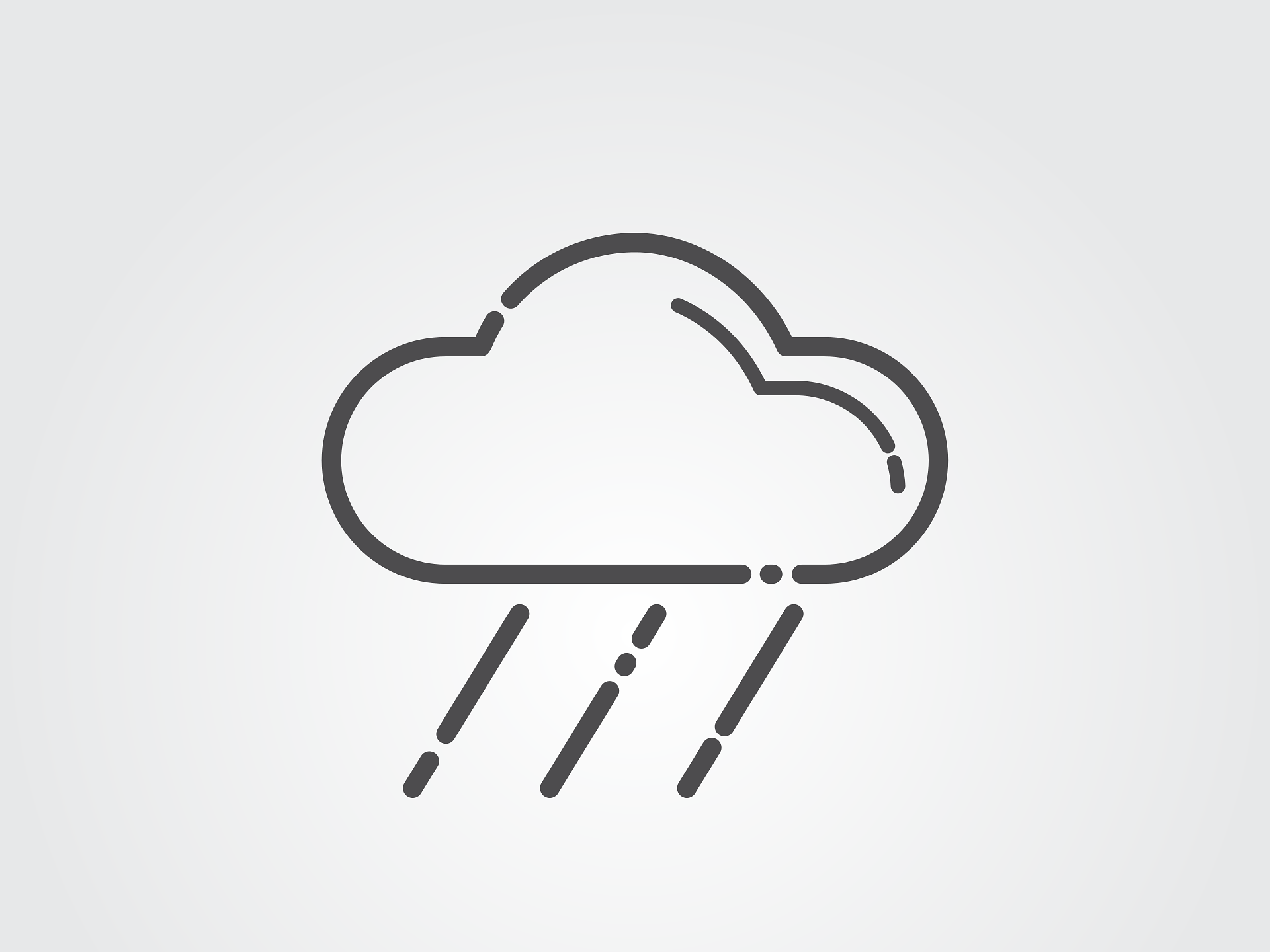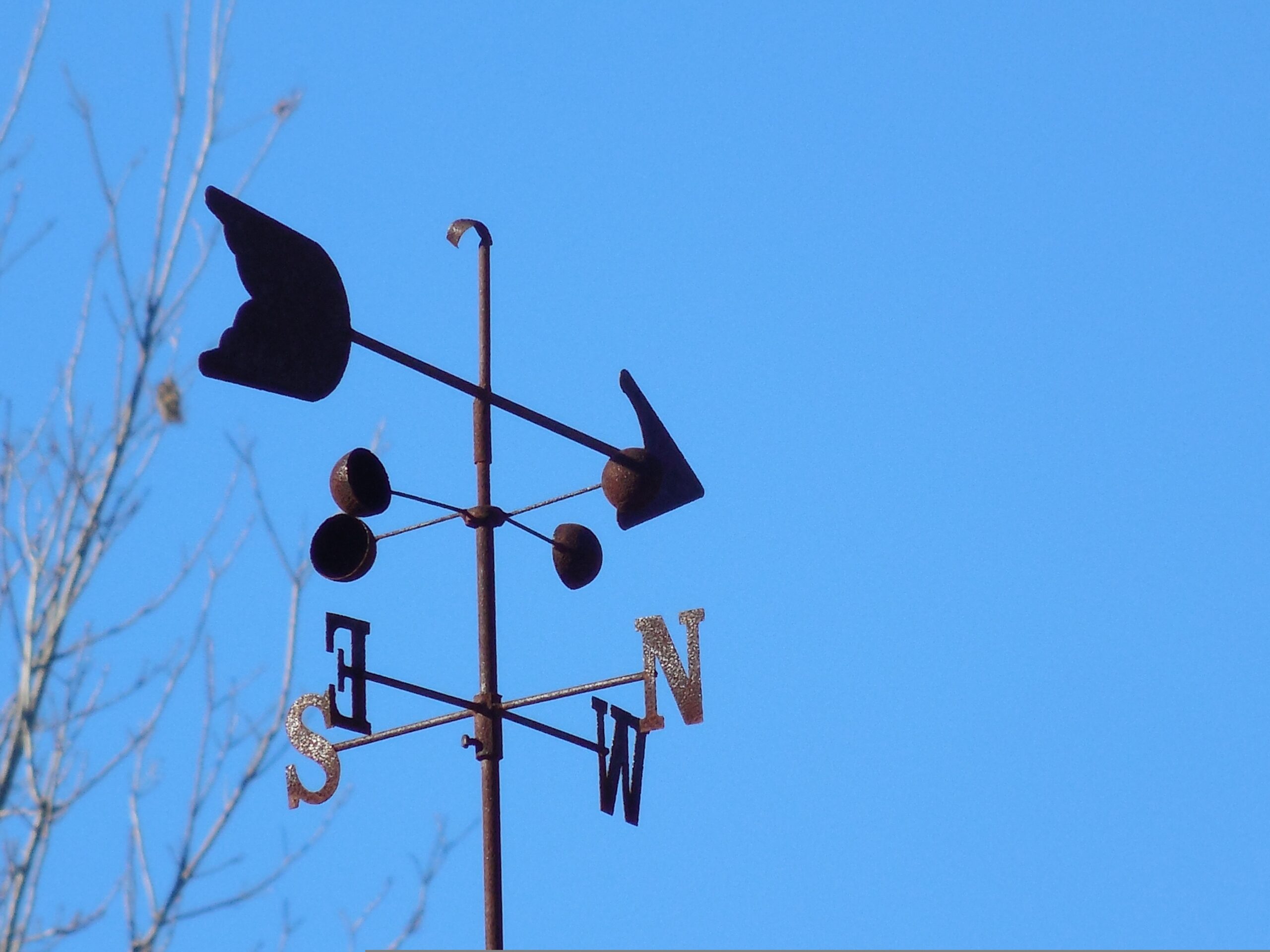A Welsh fire service is calling for technology suppliers to collaborate on a digital tracking solution which could increase safety for fire crews across the globe. Gill Hitchcock reports.
Credit: Andrew Milligan/PA Archive/PA Images
Steve McLinden has been a firefighter for 31 years. For most of that time, he has been perplexed as to why we can land people 240,000 miles away on the moon, but cannot track fire crews a mere 20 feet away within a building.
“Last year, there were 56,000 incidents across the UK where there were fires in buildings,” says McLinden, who manages Mid and West Wales Fire and Rescue Service’s ambitious digital improvement project, Transformation2020.
“For all those of incidents, as soon as we committed teams beyond the threshold of a building, we only had an estimated idea of where they were. We have no mechanism to track them.”
But this life-threatening communications gap could soon be bridged. This is because GovTech Catalyst, which helps public sector organisations to take advantage of new technologies, is backing McLinden and his six-strong Transformation2020 team in their effort to provide a solution.
This autumn, their proposal to develop a system capable of tracking fire crews in real time while they work in unfamiliar and hazardous environments, especially multi-storey buildings, attracted a £1.25m grant from GovTech Catalyst.
Related content
- Government looks to tech firms to ‘tackle major social challenges of modern age’
- Blue light services told to increase procurement collaboration
- Police and fire services in Yorkshire and north east launch £60m mobile framework
The project will be formally launched on 15 October when full details are published on the government’s Innovate UK website. On 24 October, the Transformation2020 team will hold a briefing day for suppliers at Swansea University’s Bay Campus.
“What is apparent to me is that there is a range of tracking technologies out there, like technology which can track people within tunnels, or patients and equipment within a hospital, and external GPS and WiFi tracking,” says McLinden.
“Our challenge is that we are going to be turning up to premises that we have never been to before, where there is no technology infrastructure, and we have to be able to deploy that tracking technology instantly.
“In the past, we have always looked at one technology to provide the answer. We know that NASA Jet Propulsion Laboratory is looking at a solution but, again, that is a single technology, based on magnetic fields. What is exciting about our project is that we are looking to encourage different disciplines and different technology companies to consider working together, because the challenge is actually multifaceted. No single company has the answer.”
McLinden envisages four main parts to the project. First, tracking hardware solutions which work in hostile and unfamiliar locations. Second, an instantly deployable, secure mobile data network, which offers a digital infrastructure for solutions to work within. Third, a software platform to display data in a format that can be used by the fire crew commander in real time. Fourth, virtual or augmented reality to create three-dimensional images of operational crews.
While McLinden’s primary role is overseeing Transformation2020, he is still a tactical commander.
So, his own experience, and that of crews involved in major incidents such as the Grenfell Tower fire, bring into sharp focus the need to track fire fighters risking their lives in complex environments.
“We lost two fire fighters in 2010 in Southampton at the Shirley Towers fire,” says McLinden. “They were only about 10 metres from a point of safety, but nobody at the time was able to identify that they were in trouble and not moving. And it was really tragic.”
Global reach
This type of problem extends beyond the UK.
The International Forum to Advance First Responder Innovatio, says that on a daily basis first responders may face a range of scenarios. They include collapsed or threatened buildings, in structures made of varied materials – steel, concrete, masonry or synthetic materials – in excessively noisy or smoky conditions, or in extreme temperatures.
“We are looking to encourage different disciplines and different technology companies to consider working together, because the challenge is actually multifaceted. No single company has the answer.”
Steve McLinden, Mid and West Wales Fire and Rescue Service
The forum, which has members from 14 nations, has long recognised the inadequacy of having little more than guide ropes or mobile radios to track emergency teams in buildings. It identifies the inability to locate first responders and their proximity to risks and hazards in real time as a key capability gap.
It is particularly good news that the solution developed under the leadership of McLinden and his team is expected to benefit not only Mid and West Wales and other UK fire and rescue services, but fire services and other agencies whose staff who may be deployed into areas of risk around the world.
Meanwhile, there is an ambition to move the tracking project forward at pace. If all goes to plan, a prototype will be ready at the end of 2019.
“Our research shows that, potentially, the technology is all out there,” says McLinden. “We think that the actual solution is going to be an amalgamation of different technologies – so things like WiFi, ultra-high frequency, Bluetooth, magnetic fields – and able to switch between all of them to get the best tracking.
“It’s just getting the right people to understand the context we want to use this solution in and then reimaging their technology to work for us.”



